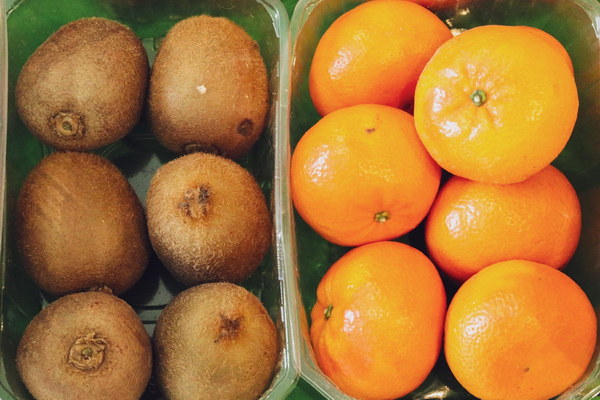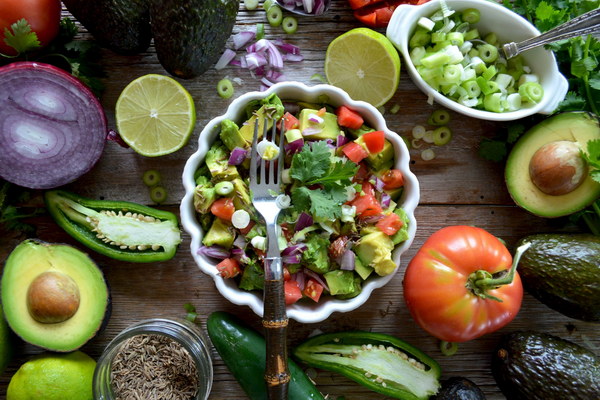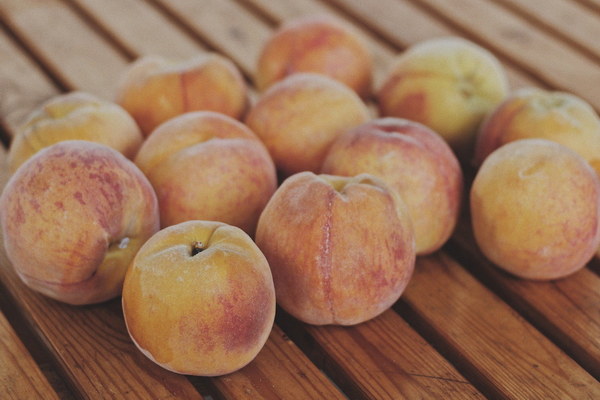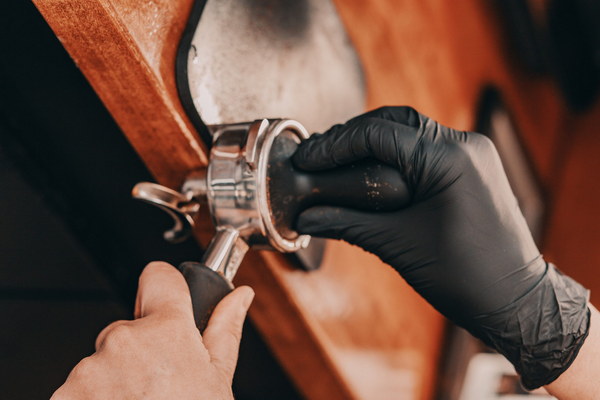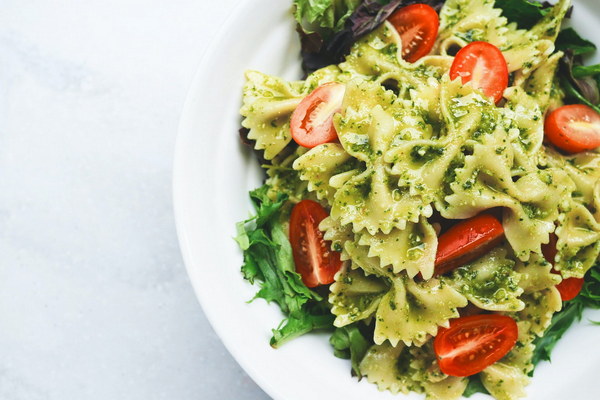Healing Pot How Beef brisket becomes a Medicinal Delight in Traditional Chinese Cuisine
In the realm of traditional Chinese medicine, food is not just sustenance but a potent tool for healing and wellness. One such culinary gem is the medicinal beef brisket, a dish that combines the rich flavors of beef with the health benefits of various herbs and spices. This article delves into the art of preparing a healing pot of beef brisket, exploring its origins, ingredients, and the therapeutic properties it offers.
The Concept of Food as Medicine
The philosophy of using food as medicine is deeply rooted in Chinese culture, where the balance of yin and yang is believed to be crucial for maintaining health. The medicinal beef brisket is a testament to this belief, as it harnesses the power of natural ingredients to nourish the body and prevent illness.
Origins of the Beef Brisket in Traditional Chinese Cuisine
Beef brisket has long been a staple in Chinese cuisine, known for its tenderness and rich flavor. It is particularly favored in soups and stews, as its connective tissue breaks down into a gelatinous substance that adds body and richness to the dish. In traditional Chinese medicine, beef brisket is valued for its ability to boost the immune system and improve circulation.
The Ingredients
The key to the medicinal beef brisket lies in the selection of herbs and spices that are believed to enhance its healing properties. Here are some common ingredients:
- Goji Berries (Lycium barbarum): Known for their antioxidant properties, goji berries are said to boost energy and vitality.
- Astragalus Root (Astragalus membranaceus): This herb is believed to strengthen the immune system and improve overall well-being.
- Dang Gui (Angelica sinensis): A well-known herb for women's health, it is believed to regulate the menstrual cycle and improve fertility.
- Cinnamon (Cinnamomum cassia): Cinnamon is used for its warming properties, which can help alleviate colds and flu symptoms.
- Star Anise (Illicium verum): Known for its aromatic flavor, star anise is also used for its digestive properties.
Preparation
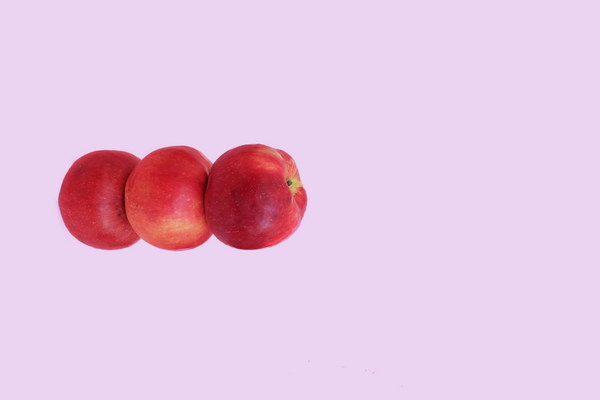
To prepare the medicinal beef brisket, follow these steps:
1. Select the Beef Brisket: Choose a high-quality beef brisket with a good amount of marbling for flavor.
2. Marinate the Beef: Season the brisket with soy sauce, five-spice powder, and any other desired spices.
3. Prepare the Herbs and Spices: Soak the goji berries, astragalus root, and dang gui in water for a few hours or overnight.
4. Cook the Dish: Place the marinated beef in a large pot with water, the soaked herbs and spices, and any additional vegetables like carrots, celery, or daikon radish.
5. Simmer: Let the mixture simmer for several hours, or until the beef is tender and the flavors have melded together.
6. Serve: Strain the herbs and spices out of the broth, and serve the beef brisket with the rich, flavorful broth.
Health Benefits
The medicinal beef brisket offers a myriad of health benefits:
- Boosts Immunity: The combination of goji berries and astragalus root can help strengthen the immune system, making it a great dish for cold and flu season.
- Improves Digestion: The star anise and cinnamon in the dish can aid in digestion and alleviate symptoms of indigestion.
- Promotes Circulation: The properties of beef brisket and the herbs used can help improve circulation, reducing the risk of cardiovascular diseases.
- Supports Women's Health: Dang gui is particularly beneficial for women, helping to regulate the menstrual cycle and improve fertility.
In conclusion, the medicinal beef brisket is a delightful fusion of traditional Chinese cuisine and healing herbs. Not only does it tantalize the taste buds, but it also brings a sense of well-being and vitality to those who enjoy it. So next time you're looking for a comforting dish that doubles as a health boost, why not try this timeless culinary creation?

